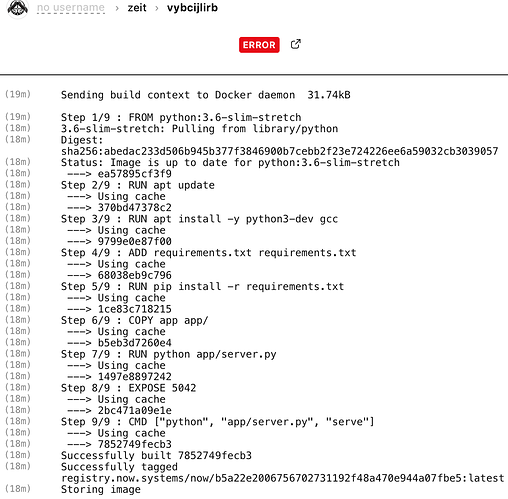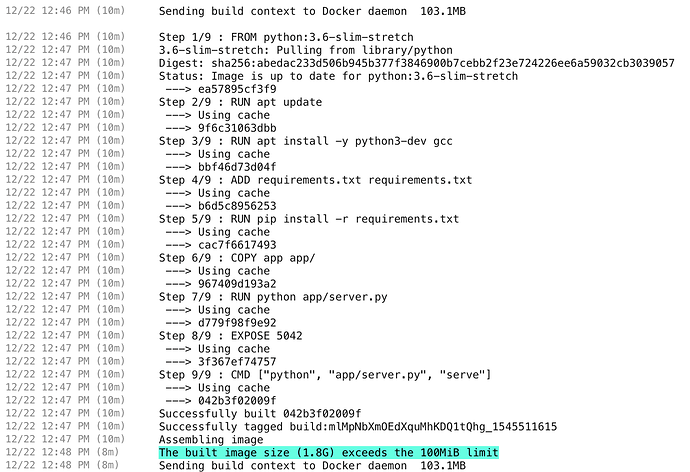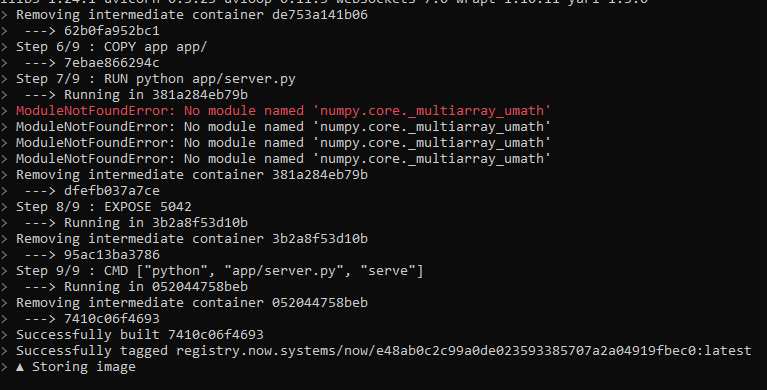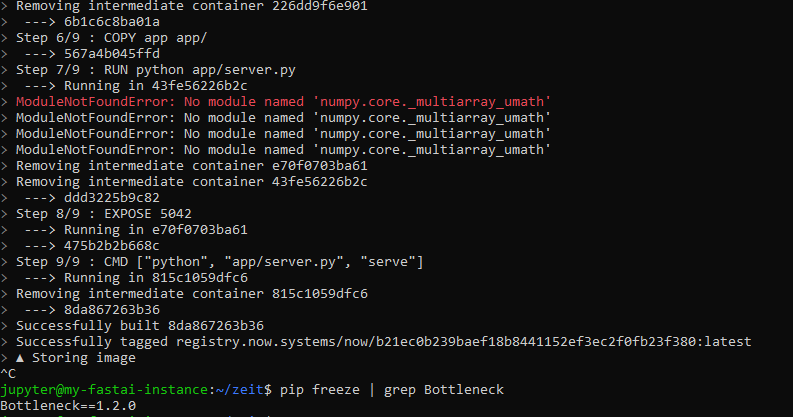Does anyone know of a way to uninstall the Zeit Now npm CLI tools? I’ve never heard of this company before this class, and I’m hesitant to install something to my terminal – I don’t know if/what/ or how it’ll talk back to Zeit while I’m not looking.
Apparently a bunch of other people have been having trouble uninstalling both the desktop app and the CLI tools:
Looks like for the CLI you’ll need to hunt for its files manually:
And the desktop app will leave a lot of files as cache behind:
I’m trying this out on a VM, and maybe a cloud VM if that doesn’t work. It’s a hastle, but I don’t want to take the risk of adding junk or security threats to my computer. How safe are these tools to use?
edit: I think a way to uninstall zeit now cli tools is to remove: /usr/local/lib/node_modules/now/, though that’s on Ubuntu Linux; unsure about other OS’s, and not sure if that would lead to a clean uninstall – or if other files would be left around, or changes to config files & etc.
edit2:
Has Zeit deployment changed? I’m running Now from the course deployment docs and I’m getting failed builds after about 30-min wait time after entering now.
Sometimes this’ll fail at step 3/9: Step 3/9 : RUN apt install -y python3-dev gcc and using cache, other times it’ll fail at Step 7/9 and say that it couldn’t find some numpy umath library.
I’ll update this if I find a solution.
edit3:
I tried again with a fresh start. I created a new VM on GCP. Once online it couldn’t find npm via sudo apt install npm so I set up the machine via (see: stackoverflow link):
curl -sL https://deb.nodesource.com/setup_10.x | sudo -E bash -
sudo apt-get install -y nodejs
sudo apt-get install -y build-essential
sudo apt install npm
sudo npm install -g now
sudo npm i -g --unsafe-perm now
Then following the instructions from the fast.ai deployment tutorial:
wget https://github.com/fastai/course-v3/raw/master/docs/production/zeit.tgz
tar xf zeit.tgz
cd zeit
now
After confirming email and running now again, this was the result:
jupyter@instance-1:~/zeit$ now
> WARN! You are using an old version of the Now Platform. More: https://zeit.co/docs/v1-upgrade
> Deploying ~/zeit under blah@gmail.com
> https://zeit-vybcijlirb.now.sh [v1] [in clipboard] (sfo1) [2s]
> Building…
> Sending build context to Docker daemon 31.74kB
> Status: Image is up to date for python:3.6-slim-stretch
> ---> Using cache
> ---> 370bd47378c2
> Step 7/9 : RUN python app/server.py
> ---> Using cache
> Step 3/9 : RUN apt install -y python3-dev gcc
> ---> 9799e0e87f00
> ---> Using cache
> ---> 68038eb9c796
> Error! Build failed
The deployment site itself looked like this. It hung on Storing image for most of the time until returning the Build failed error in terminal.
@arunoda any thoughts? My guess is the tutorial code/docker was configured for an earlier version of fastai.

 Glad to know you ended up loading from s3 directly as well.
Glad to know you ended up loading from s3 directly as well.


